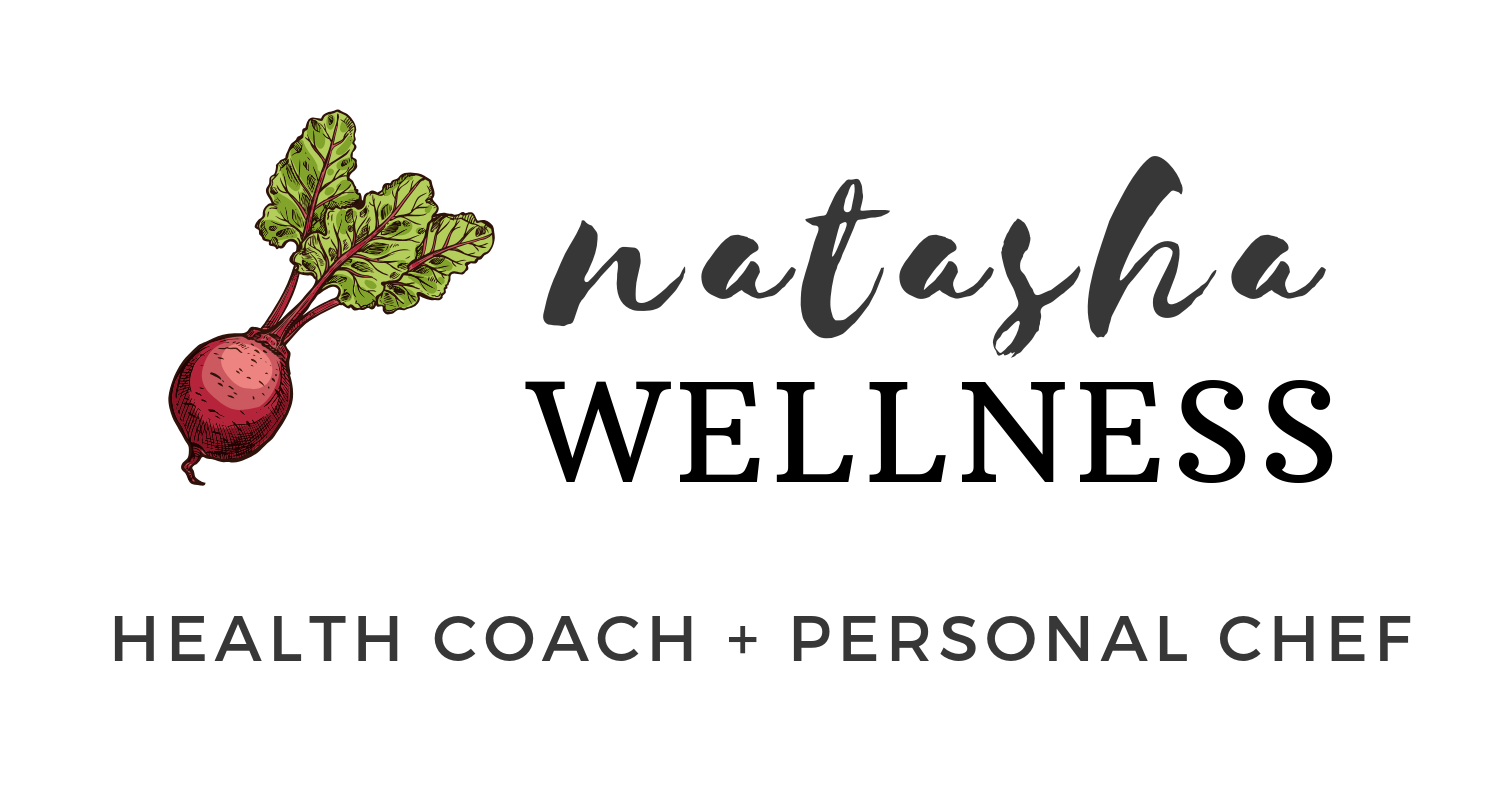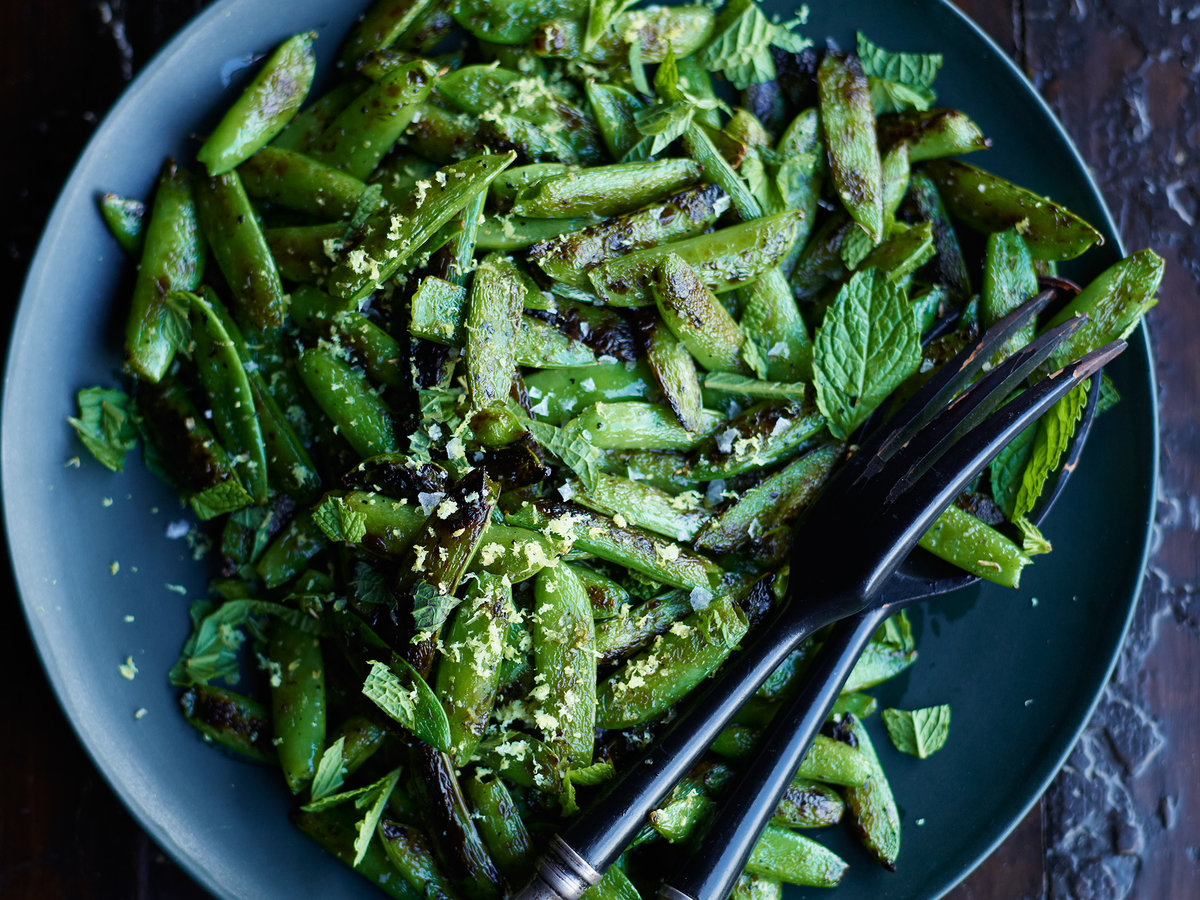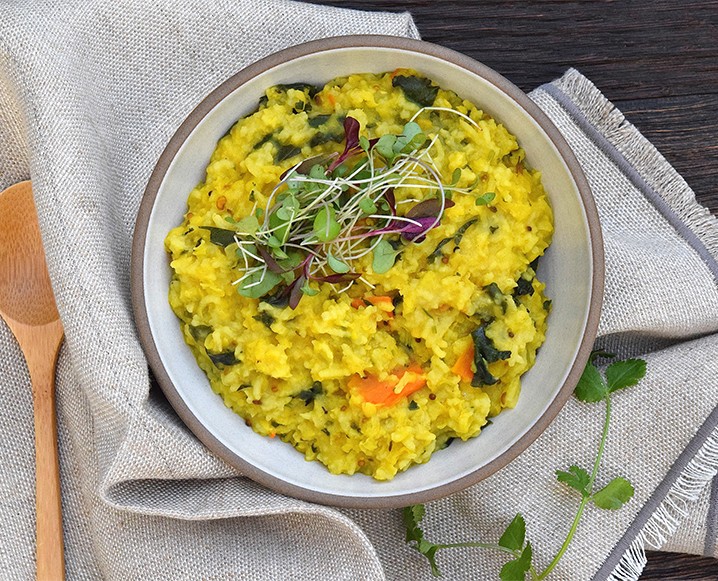I'm back! Excuse the hiatus my friends. I've been working on finding the right balance as my health coaching business picks up. February was a super busy month for me - I gave 3 lectures on Ayurveda + Digestion at 3 different spots throughout Framingham and Belmont. If you missed it, there is a Facebook Live recording on my Facebook page. With all the free lectures I had planned this month I was on a mission to create a scrumptious little something to share with my attendees. I'm kind of obsessed with feeding people surprisingly healthy snacks. Enter: my raw date + nut bites. I'm very happy to say that through my many iterations, I'm finally ready to share my favorite recipe with you!
I've made versions of these bites with no dates, 2 cups of dates (way too sweet!) and have found the sweet spot: 1 cup. If you don't have dates hanging around you can substitute 2-4 tbsp maple syrup or honey. Just not agave please. Agave is bad. Take it from Dr. Oz himself. The sweetness content is all about your own preference so add a little and increase as you go. You can always add but never take away!
If you're allergic to nuts use seeds (pepitas, sunflower, flax, hemp, etc.) instead of nuts, sunflower butter or coconut butter instead of almond butter and soy, flax, or hemp milk in place of the almond milk.
Raw Date + Nut Bites
Prep: 10 mins. Makes: 24 bites
INGREDIENTS
2 cups of your favorite nuts and/or seeds
1/4 cup almond butter
1 cup pitted dates
2 tbsp melted coconut oil
1/8 cup almond milk
1/2 tsp sea salt
DIRECTIONS
Soak pitted dates in boiling water for a few minutes (cover to speed up process).
While dates are soaking place all ingredients in a food processor (or blender).
Remove dates from water and add to the food processor. Discard water.
Blend until a dough forms. You may have to add almond milk 1 tsp at a time until the right consistency is reached. (I like mine super doughy so you can hardly see the nuts and seeds.)
Use a scoop or hands to form bites and place on sheet pan.
Refrigerate bites for 30-60 min. before transferring to a glass tupperware container.
Refrigerate for 1-2 weeks or freeze for 2-3 weeks. The worst thing that will happen to your bites is they will dry out a little, no big.
"In Ayurveda dates are considered a ‘superfood’ because they are both Sattvic (promote peace in the mind) and directly nourish Ojas (the essence of our immune system). They are considered a nutritive tonic for the body - energising for the tissues and immune system. But they are also considered heavy and difficult to digest so eating just 1 or 2 a day is more than sufficient, otherwise they may overtax your Agni. Dates are often used as medicine in depleted plasma tissue (rasa dhatu) conditions and are also used as a tonic in the case of lung (pranavaha srota) problems. They are also useful in the case of low libido or infertility, helping to nourish and invigorate sexual reproductive tissues (shukra dhatu)." ~Mudita Institute
Easy peasy right? Experiment by adding in cinnamon, vanilla extract, and different nuts and seeds. Let me know how they come out!









